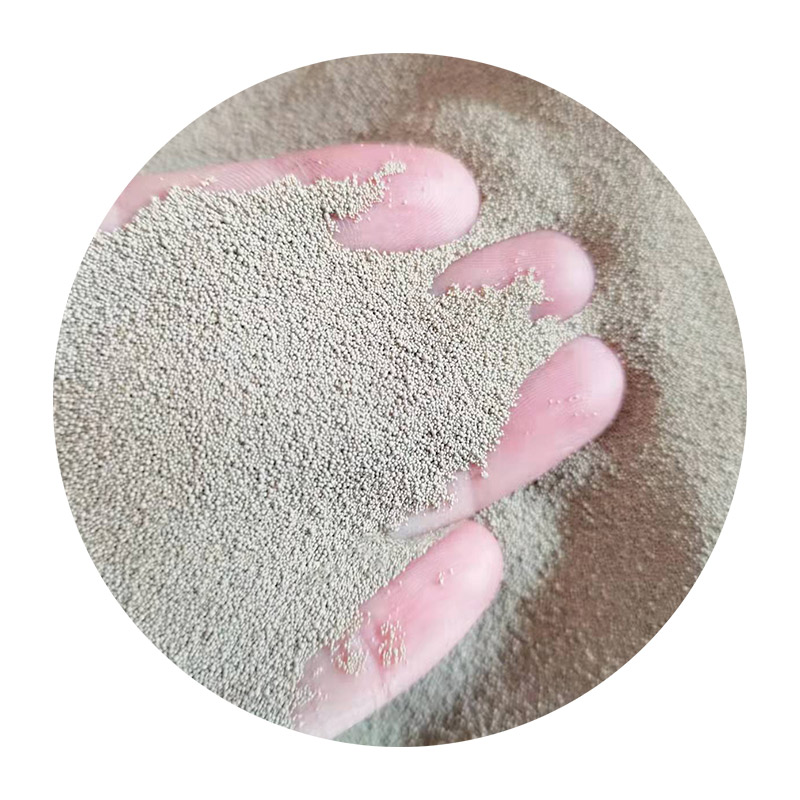The Manufacturing Process of Resin Coated Sand
Resin coated sand is a crucial component in modern foundry practices, widely utilized in the production of castings for various industries, including automotive and aerospace. The manufacturing process of resin coated sand involves several critical steps, each designed to ensure that the final product meets the required specifications for performance and quality. This article will discuss the key aspects of this manufacturing process.
The first step in the production of resin coated sand is the selection and preparation of the base material, which is typically silica sand. High-quality silica sand is essential due to its properties, such as high melting point and excellent flow characteristics. The sand must be clean and free from impurities, which can adversely affect the performance of the coatings and, ultimately, the quality of the castings. The cleaning process often involves washing, drying, and sieving to ensure uniform particle size.
Once the silica sand has been prepared, the next step is coating it with resin. The resins used in this process are typically phenolic or furan-based. They are chosen for their ability to provide excellent thermal stability and strength to the sand mix. In this phase, the dry resin is mixed with the sand in a controlled environment. The mixing process is crucial, as it ensures a homogeneous distribution of resin across the sand particles.
After the initial mixing, the resin-coated sand is subjected to a curing process. Curing is essential as it activates the resin, allowing it to bond the sand particles together. This is usually achieved by introducing heat, which causes the resin to harden and form a solid matrix around the sand grains. Various methods can be employed to cure the sand, including hot air curing or using heated molds, both of which optimize the strength and stability of the coated sand.
resin coated sand manufacturing process

Once the curing process is complete, the resin-coated sand undergoes a cooling period. This allows the material to stabilize and ensures that it retains its shape and strength. In some cases, additional processing is performed, such as screening to remove any oversized particles or reclaiming used sand for reuse in the coating process, promoting sustainability within manufacturing.
Quality control is a vital aspect of the resin coated sand manufacturing process. Various tests are performed to assess parameters such as tensile strength, flowability, and thermal stability. These tests ensure that the resin coated sand meets industry standards and can withstand the rigorous demands of the casting process. Consistency in quality is essential to achieve high-performance castings with minimal defects.
Finally, the finished resin coated sand is packaged and prepared for shipment to foundries. Proper packaging is important to prevent any contamination or degradation of the product during transportation. The sand is sold in bulk or in bags, depending on customer requirements.
In conclusion, the manufacturing of resin coated sand is a sophisticated process that plays a vital role in the foundry industry. From the careful selection of silica sand to the meticulous coating, curing, and quality control stages, each aspect of the production process contributes to the formation of a high-quality material. As industries continue to evolve and demand higher performance materials, the significance of resin coated sand in casting applications is set to increase, leading to further advancements in its manufacturing processes.
Post time:sep . 16, 2024 03:41
Next:Foundry Sand - High-Quality Sand for Metal Casting
